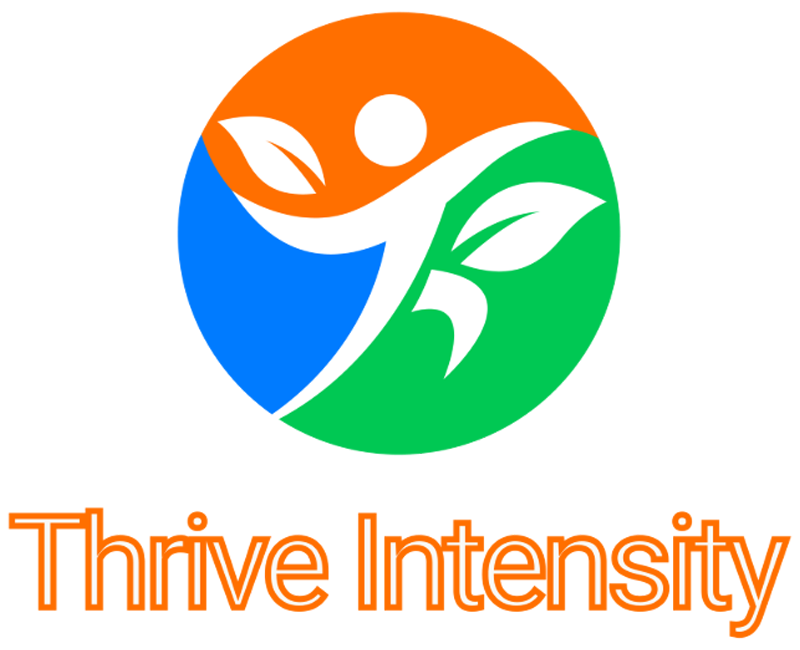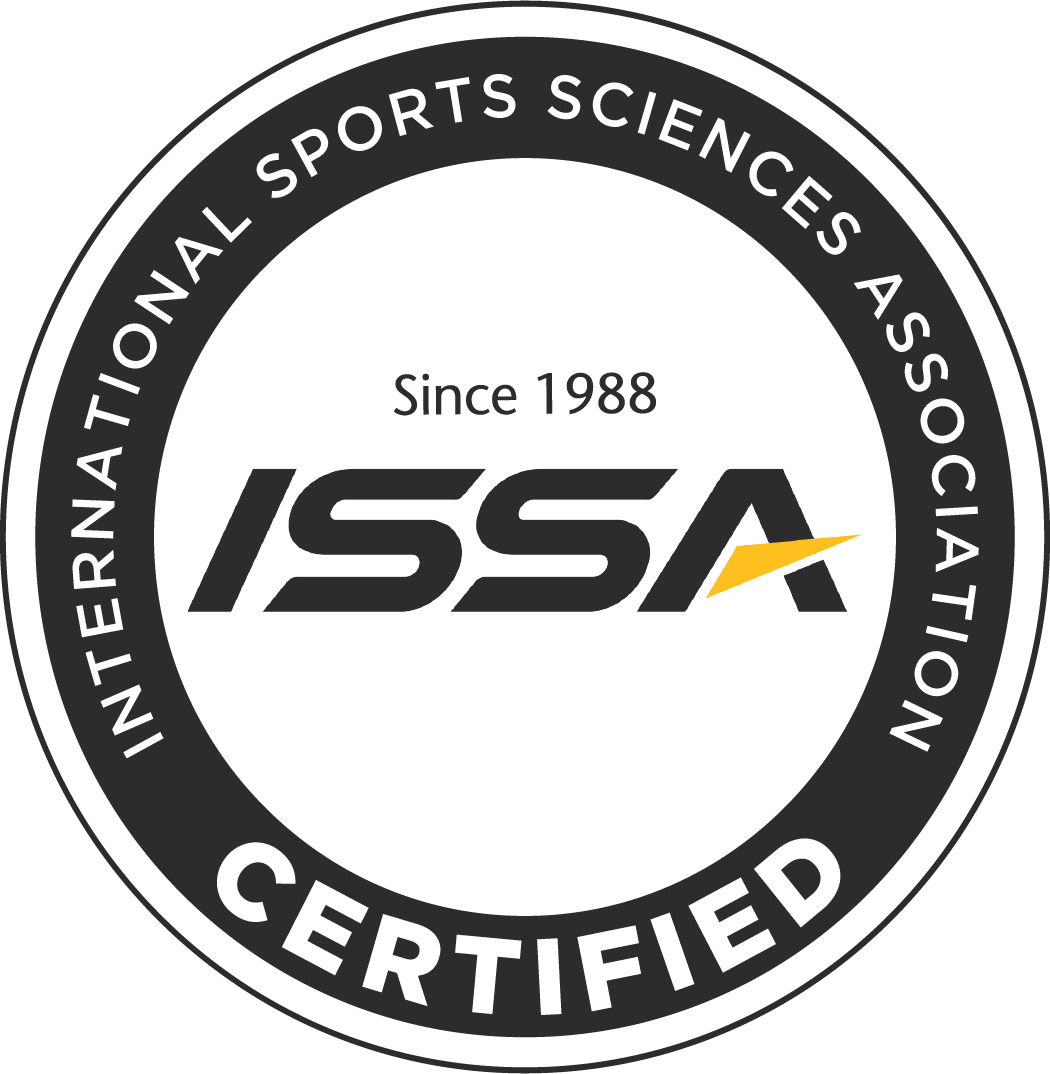
Micronutrients: Finding the Balance Between Deficiency and Toxicity
In the realm of nutrition, macronutrients like protein, carbohydrates, and fats often steal the spotlight. But behind the scenes, micronutrients—those essential vitamins and minerals required in trace amounts—play a critical role in keeping our bodies running optimally. They are the unsung heroes behind immune strength, energy production, brain function, and disease prevention.
However, like most things in life, balance is everything. Too little of a micronutrient can lead to deficiency and chronic health problems, while too much can cause toxicity and organ damage. This delicate balance means that navigating the world of micronutrients is both a science and an art—and one where personalized nutrition guidance can make all the difference.
What Are Micronutrients and Why Do They Matter?
Micronutrients are vitamins and minerals that the body needs in small amounts to perform countless essential functions. Unlike macronutrients, they do not provide energy directly but serve as cofactors and coenzymes in the metabolic processes that convert food into energy, maintain structural integrity, and regulate the body’s systems.
Key Micronutrient Functions:
Vitamin D: Bone health, immune function, mood regulation.
Iron: Oxygen transport, energy metabolism.
Zinc: Immune support, wound healing, skin health.
Magnesium: Muscle and nerve function, blood sugar control.
B Vitamins: Brain function, red blood cell production, DNA synthesis.
Micronutrient Deficiency: The Hidden Crisis
Micronutrient deficiencies are surprisingly common—even in developed nations like the United States. Fast food diets, heavily processed meals, and restrictive eating patterns have all contributed to a rise in “hidden hunger,” where caloric intake may be sufficient, but nutrient intake is inadequate.
Common Deficiencies in the U.S.:
- Vitamin D: Over 40% of adults are deficient.
- Magnesium: Estimated 50% of people don’t get enough.
- Iron: Especially common in women and children.
- Vitamin B12: Often low in older adults and vegans.
- Potassium: Low intake linked to high blood pressure and cardiovascular disease.
Symptoms of Micronutrient Deficiencies:
- Fatigue and weakness
- Impaired immunity
- Poor concentration
- Hair loss or brittle nails
- Mood disorders
- Muscle cramps or irregular heartbeats
Deficiencies often develop slowly and can be masked by other symptoms, making them easy to overlook. Over time, however, they may contribute to chronic conditions such as anemia, osteoporosis, depression, infertility, and heart disease.
Toxicity: When Too Much of a Good Thing Becomes Dangerous
Deficiencies often develop slowly and can be masked by other symptoms, making them easy to overlook. Over time, however, they may contribute to chronic conditions such as anemia, osteoporosis, depression, infertility, and heart disease.
Common Micronutrient Toxicities:
Vitamin A: Can cause liver damage, headaches, bone pain, and birth defects in pregnancy when overconsumed.
Iron: Excessive intake can lead to organ failure and is especially dangerous in children.
Vitamin D: High levels can cause calcium buildup in the blood (hypercalcemia), resulting in nausea, weakness, and kidney problems.
Selenium: Too much can lead to gastrointestinal upset, hair loss, nerve damage, and “garlic breath.”
The Role of Bioavailability and Individual Variability
Just eating the “right” foods isn’t always enough. Factors such as gut health, medication use, age, stress levels, and genetics can all impact how well your body absorbs and utilizes micronutrients. For example, someone with celiac disease or a history of bariatric surgery may struggle to absorb iron, B12, and other nutrients effectively.
Furthermore, certain nutrients compete for absorption. For example, excess zinc can impair copper absorption, while calcium may interfere with iron uptake.
This is where nutrition transforms from a rigid science into an adaptive art form.
Precision Nutrition: A Personalized Approach
Getting micronutrient intake “just right” requires more than following a one-size-fits-all plan or relying on social media supplement trends. It involves:
- Detailed dietary assessments
- Food diary analysis
- Understanding lifestyle and medical history
- Laboratory testing (when needed)
- Customized guidance on food choices, cooking methods, and supplementation if appropriate
A nutrition coach with clinical knowledge can help you interpret signs of deficiency, assess your diet, and provide practical strategies that fit your lifestyle. This might include adjusting your meals to maximize nutrient density, pairing foods correctly for optimal absorption, and avoiding unnecessary supplements that may do more harm than good.
Conclusion: The Balancing Act of Micronutrients
Micronutrients may be small, but their impact is mighty. Striking the right balance is essential—too little and you risk deficiency-related illness, too much and you may face toxicity. With so many variables at play, it’s clear that mastering micronutrient health is not just about science—it’s about understanding your body, your habits, and your goals.
With the support of a knowledgeable nutrition coach, you can move away from guesswork and toward a well-nourished, vibrant life grounded in clarity and confidence.
Click HERE for a 30-minute Complementary Consultation for expert guidance.






